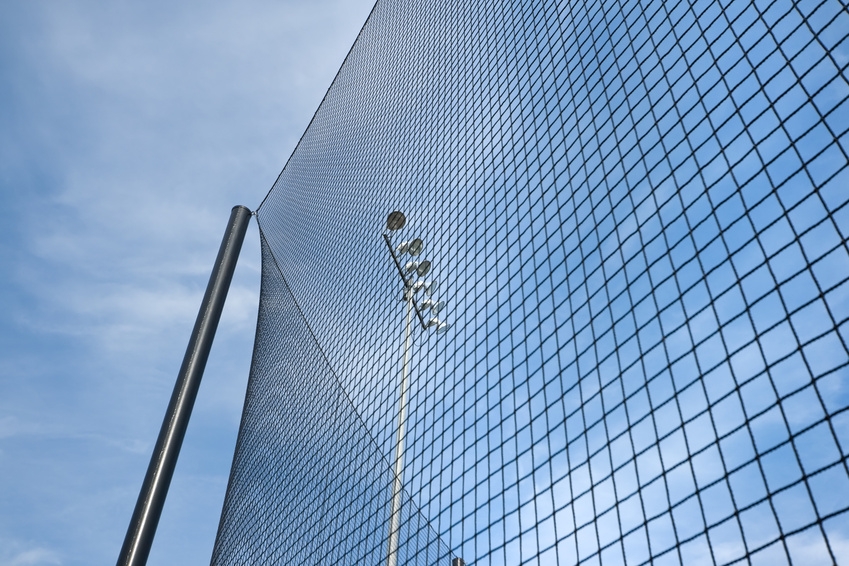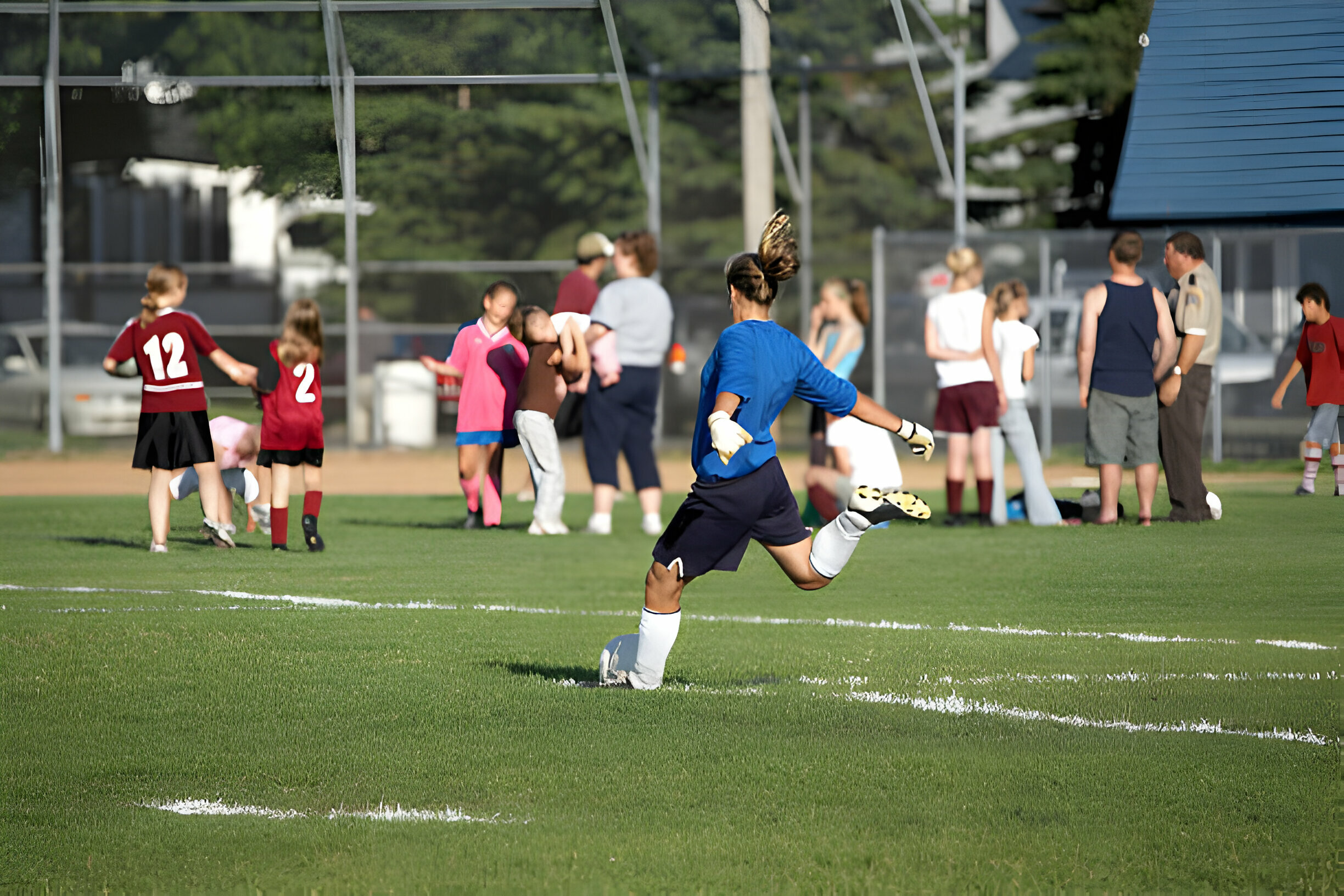How to Choose the Right Basketball for You
When it comes to basketball, the ball is undeniably the most important piece of equipment. It’s the centerpiece of every play, shot, and pass, so choosing the right basketball can make a significant difference in your performance on the court. With so many options available, it’s important to understand the key factors that influence your decision. Whether you’re a beginner or a seasoned pro, finding the right fit is essential for optimal gameplay. This guide will walk you through the essentials of choosing the perfect basketball for your needs.
1. Understand the Different Types of Basketballs
Before diving into the details, it’s crucial to know that not all basketballs are created equal. There are different types designed for various surfaces, including indoor, outdoor, and hybrid balls. Each type offers distinct benefits, and selecting the right one will depend largely on where you plan to play most often.
- Indoor Basketballs: These are designed with soft, grippy materials that work best on polished wooden courts. If you’re playing in a gym or on an indoor hardwood court, indoor balls provide excellent control and bounce.
- Outdoor Basketballs: These are built to withstand the rough surfaces of outdoor courts. Made with durable rubber or composite materials, they are more resistant to wear and tear.
- Hybrid Basketballs: As the name suggests, hybrid balls combine elements of both indoor and outdoor basketballs. These offer the best of both worlds, providing durability while still maintaining a decent grip.
Understanding these differences is the first step in finding the best basketballs for players who alternate between indoor and outdoor courts.
2. Pick the Right Size
Basketballs come in various sizes, and the right one for you depends on your age, gender, and skill level. The standard basketball size is a Size 7 (29.5 inches in circumference), which is used by professional male players. However, there are other sizes that cater to different players:
- Size 6 (28.5 inches): This is the official size for women’s professional basketball leagues, as well as for youth players aged 12-14.
- Size 5 (27.5 inches): Typically used by younger players aged 9-11.
- Size 4 (25.5 inches): The smallest size, ideal for children aged 5-8.
When choosing the perfect basketball, it’s important to select a ball that feels comfortable in your hands. A ball that’s too big or too small can hinder your control, shooting accuracy, and overall performance.
3. Pay Attention to the Material
The material of the basketball directly affects its feel, grip, and durability. Basketballs are generally made from three primary materials: rubber, synthetic leather, and genuine leather.
- Rubber Basketballs: These are often the most affordable option and are great for outdoor play. Rubber balls are durable and hold up well against rough surfaces, but they may not offer the same grip and softness as other materials.
- Synthetic Leather Basketballs: A step up from rubber, synthetic leather offers a more premium feel while still being durable enough for outdoor play. These balls provide better grip and control, making them a popular choice for serious players.
- Genuine Leather Basketballs: These are typically used for indoor play and offer the best grip and softness. However, they can be expensive and are not as durable on rough surfaces.
Understanding the material will help you determine how the ball feels in your hands and how it performs under different conditions. When looking at a basketball buying guide, consider whether you need a ball that can withstand the outdoors or one that provides top-notch control for indoor games.
4. Consider the Grip and Texture
The grip and texture of the basketball are crucial for performance, especially when dribbling, shooting, and passing. A good grip ensures that the ball doesn’t slip out of your hands and that you can maintain control, even during intense movements.
Indoor basketballs tend to have a smoother texture, providing a soft and tacky feel. Outdoor balls, on the other hand, are rougher to withstand harsh surfaces but still offer a decent grip. Synthetic leather balls typically have a more uniform grip, while rubber balls may be a bit more slippery, particularly in high-humidity conditions.
If you’re looking to improve your ball-handling skills, make sure the ball you choose has the right grip and texture for your style of play. Practice will be much easier with a ball that responds the way you expect.
5. Think About the Weight
Basketball weight varies slightly depending on the size and type of the ball. Professional and college-level basketballs typically weigh between 20 and 22 ounces. However, you might find that some balls are slightly lighter or heavier depending on the material and brand.
It’s important to pick a ball that feels right for you. A ball that’s too heavy can lead to fatigue and difficulty in handling, while one that’s too light might lack the consistency you need for accurate shots. Be mindful of the weight, especially if you’re practicing your shooting form, as the ball’s weight will directly impact your shots.
6. Test the Bounce
The bounce of the ball is a critical factor when choosing the perfect basketball. Ideally, a good basketball should bounce predictably and consistently, whether you’re using it for dribbling, shooting, or passing. A ball that bounces too high or too low can be frustrating to play with and make it difficult to control during fast-paced situations.
To test the bounce, drop the basketball from about 6 feet above the ground. A quality ball should bounce back to about waist-height. This will give you a feel for its performance on the court.
7. Brand and Budget
When it comes to the best basketballs for players, brand and budget often play a significant role. Well-known brands like Spalding, Wilson, and Nike offer high-quality balls that are used in professional games, but they also come at a higher price. If you’re just getting started, you don’t need to go for the most expensive option.
Consider your budget and how often you plan to use the ball. For regular players, investing in a top-tier ball might be worth it, while occasional players might find a mid-range option more than sufficient. Always check reviews and product descriptions to ensure you’re getting the best value for your money.
Conclusion
How to pick a basketball depends on several factors including the size, material, grip, and type of surface you play on. From beginners to advanced players, understanding these aspects ensures that you select the perfect ball for your needs. With the right basketball, you’ll be equipped to perform at your best, whether you’re practicing alone or in the heat of competition. By following this basketball buying guide, you can make an informed decision that will improve your game and enhance your enjoyment on the court.



